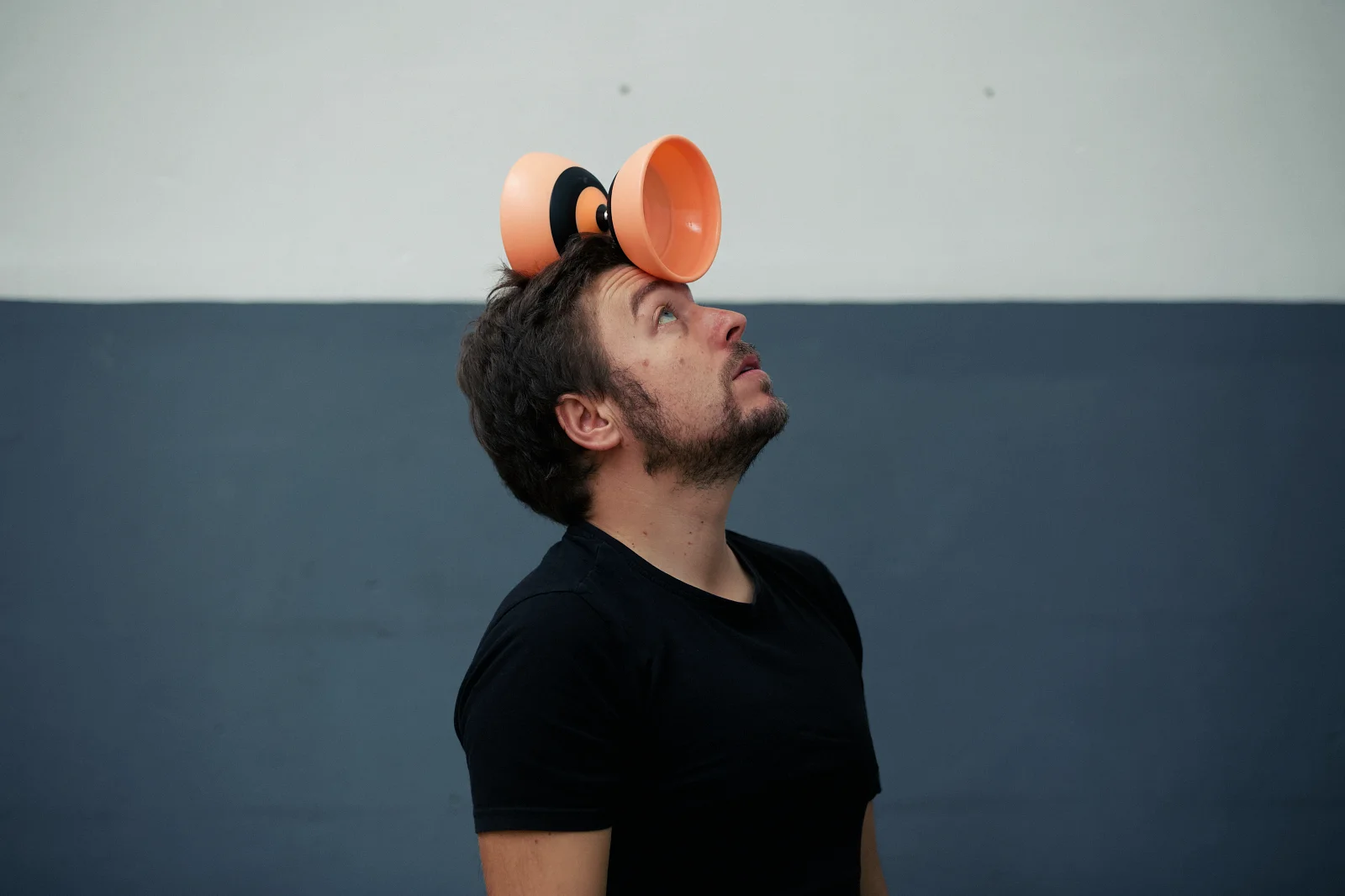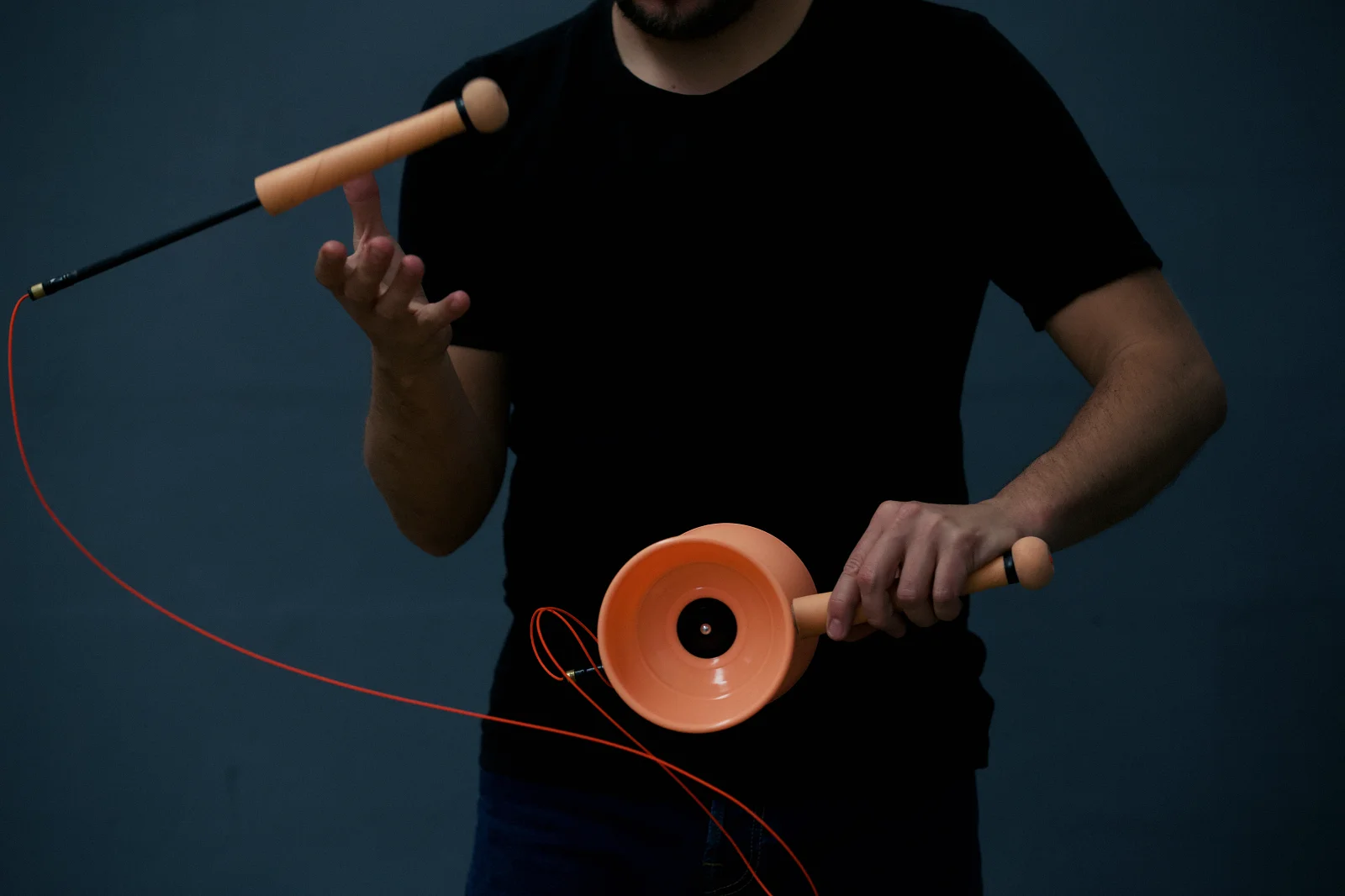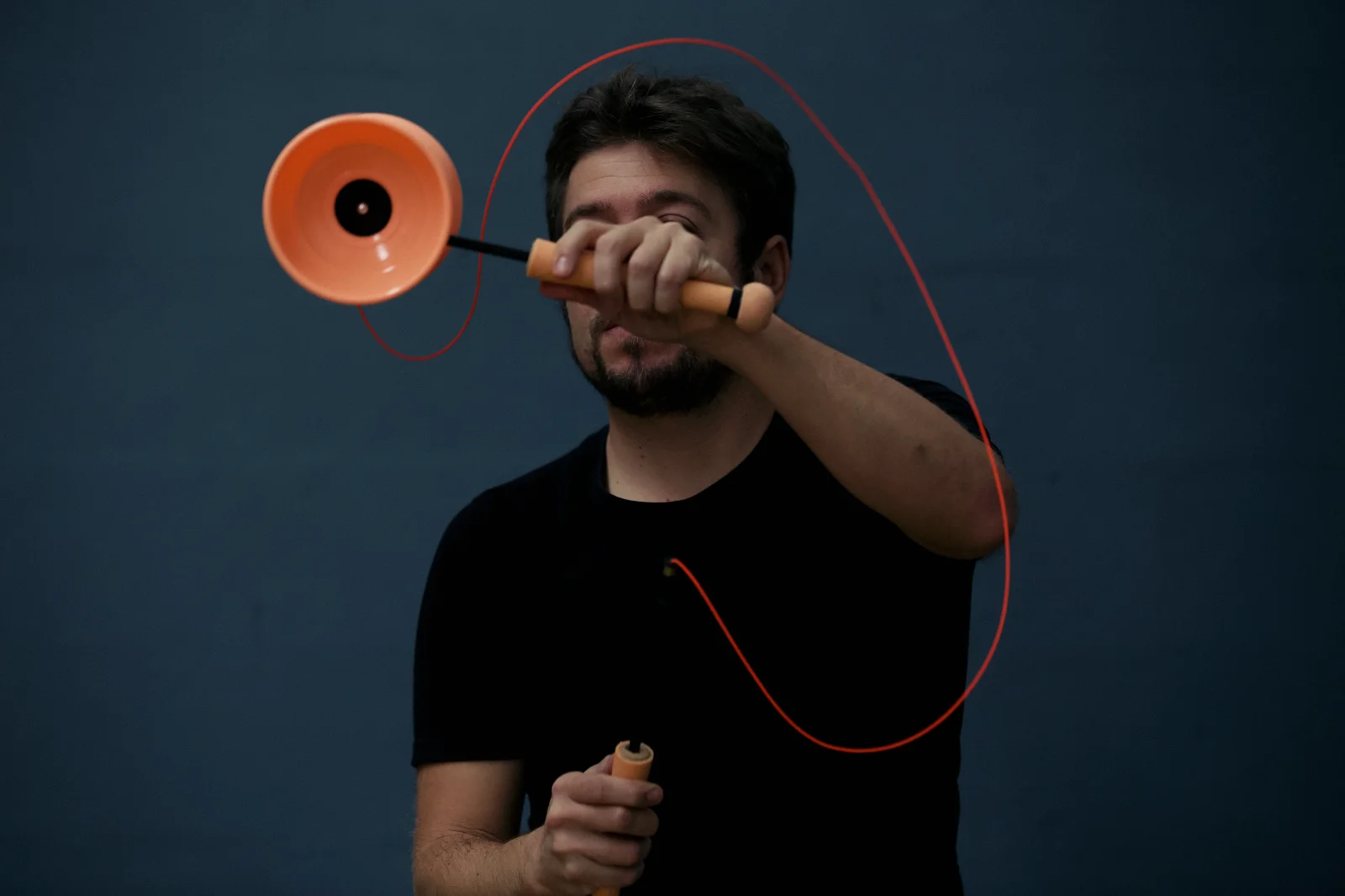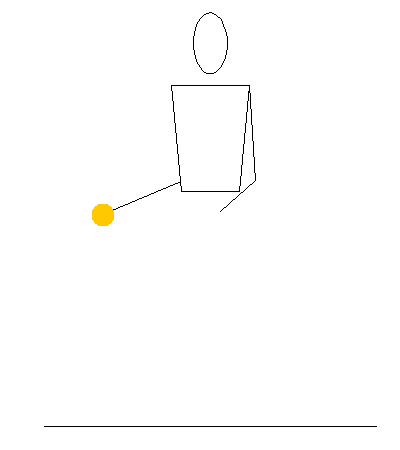A Siteswap Research for Diabolists
- Dídac Gilabert

- Mar 24, 2023
- 2 min read
Updated: Sep 14, 2023
Hi dear diabolist, my name is Dídac, and I've been playing diabolo more than the half of my entire life. I always liked the theoretical side of juggling and the systematization of the language. If you are interested in what you will read below, have a look to my artistic project troposfera.xyz.
Researching diabolo notation methods was one of the pillars of my work, and in 2008, I began adapting the usual Siteswap notation to describe diabolo patterns. After some reflection and sharing my work with other diabolo jugglers, I published an article detailing my diabolo siteswap research. This work is fluid and always evolving to adapt to the needs of diabolo notation.
Thanks to this diabolo notation system, I have discovered new perspectives on this prop that I love and have been able to delve deeper into areas I was already exploring. Additionally, this system has made it easier for me to share my tricks and techniques with other jugglers who work with different props.
A Way to Write Diabolo Tricks with Siteswap
After taking a deep look at Siteswap, I decided to treat the sticks as grabbing objects and the diabolo next to the string as a controlled surface, so that when we have a diabolo on one side of the string, we're in the pattern [22F]2, where the 2 is the sticks and the 2F is the diabolo on the string.
Here you can see a basic diabolo acceleration written in Siteswap: [3F2]22[32]22. If you will not throw the sticks you can write 3F00300, so the notation gets less complex when the sticks are always grabbed.
I decided to use F for the diabolo on the string that is usually used for bouncing balls, because the throw of the diabolo by the string is most similar to a forced bounce with balls, also, because in catalan, that is my native language, the string is called “fil”. So F stays for String. Using this letter juggling lab will treat a throw as forced bounce throw.
You can get lost in this kind of notation, so I decided to write a webpage to explain all this research and to show most of the possibilities that it has, you can check it at diabolositeswap.com, link below.
To show some of the possibilities with one diabolo, I did a video for DiaboloFocus, so you can better understand what I'm talking about. Remember you can also apply this notation for more than one diabolo tricks!
I hope you enjoy this research, it has been very helpful to me and I strongly think that it can open new paths to explore with our diabolos.
Keep Juggling
Dídac
















































































![[3F2]22[32]22](https://static.wixstatic.com/media/119776_eb716ab126e64097b1c6e3aa90fe40a1~mv2.gif)


